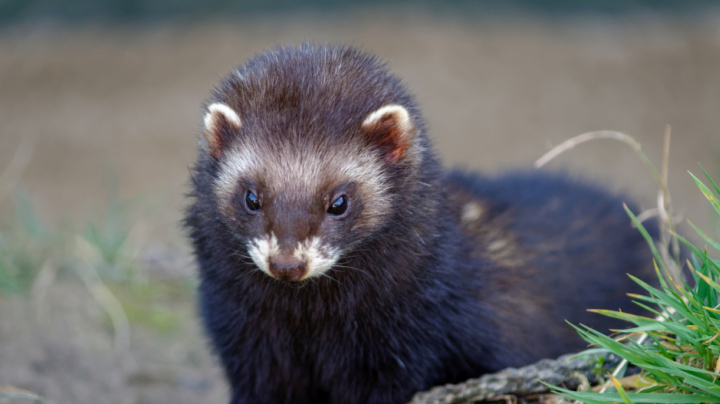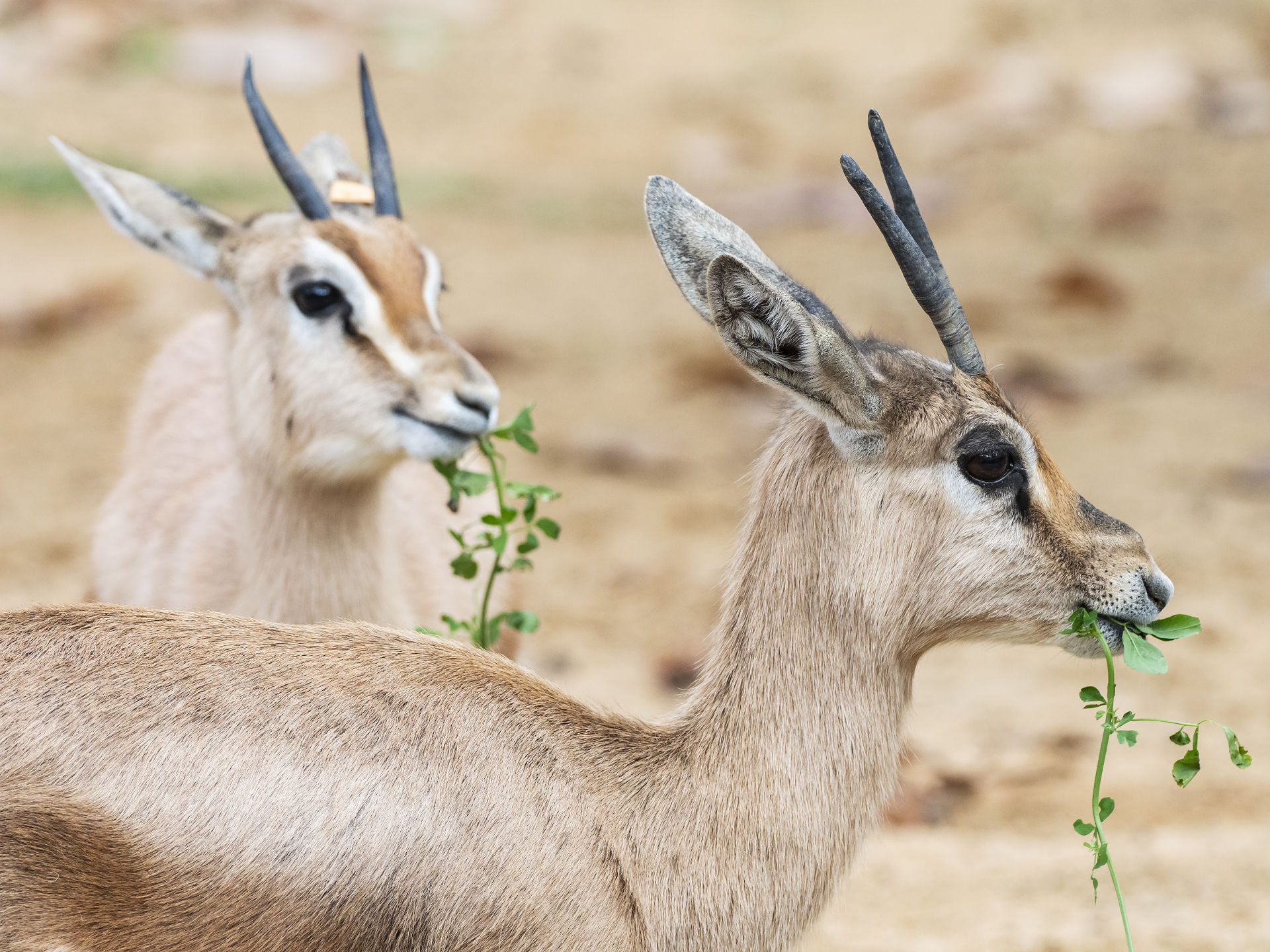
Not including recently reintroduced species such as bears and wolves, the European polecat (Mustela putorius) is the most threatened carnivorous mammal in Catalonia and is classified as "At risk of extinction" in the new Endangered Fauna Catalogue of Catalonia. However, unlike other mustelids like the otter and the European mink, the species has been poorly studied, is not subject to any specific recovery plan and is unknown to most citizens.
Mostly nocturnal in habit, its diet basically consists of small rodents and amphibians, but it will also catch rabbits where they are abundant. The polecat is widely distributed throughout the Western Palearctic, although irregularly, and is not very abundant in Western Europe - especially across the Mediterranean area. It tends to be found in rich mosaic landscapes around water masses - frequently agricultural plots with a high diversity of habitats - although it is not as markedly semiaquatic as the otter or European and American mink.
In Catalonia it was a relatively common species until the 1970s, but since then it has suffered an unstoppable decline in population to the point where five years ago it was feared to be extinct. Nevertheless, a number of sightings in recent years, mostly in the form of roadkill, has demonstrated that a metapopulation remains on the plains of Alt Empordà and Baix Empordà.
The researcher began studying the species three years ago with the aim of delimiting as accurately as possible the location of the surviving populations and outlining their ecology. He received financial support from the Antoni Jonch grant in 2015. The results confirmed the species’ critical situation. Of the 22 areas in which it is thought the polecat inhabited during the 1980s, it is now found in only two - Alt Empordà and Baix Empordà. Furthermore it appears that the different populations identified seem to be disconnected from each other.
Based on the results obtained during the initial phases of this project, it is now possible to commence activities focussed on the species with the aim of guaranteeing the survival of the remaining populations, encouraging their expansion and restoring the connections between the nuclei to create a viable metapopulation.
The specific objectives for this second phase are to:
-
Monitor the identified polecat populations and investigate new signs of the species’ presence.
-
Deepen understanding of its ecology - including investigating the composition of its diet and analysing its interactions with other species as well as its use of the habitat.
-
Identify and characterise, from an ecology perspective, the areas of strategic value for the species.
-
Advise and participate in activities aimed at helping the species recover, carried out by the relevant authorities, and designed on the basis of this study. These might include: increasing the densities of rabbit populations in the selected areas through restricted hunting periods and population reinforcement; removing mink in strategic areas; designing and conditioning inter-population connection corridors; and putting in place measures aimed at reducing roadkill on sections of the road network that have been identified as black spots.



